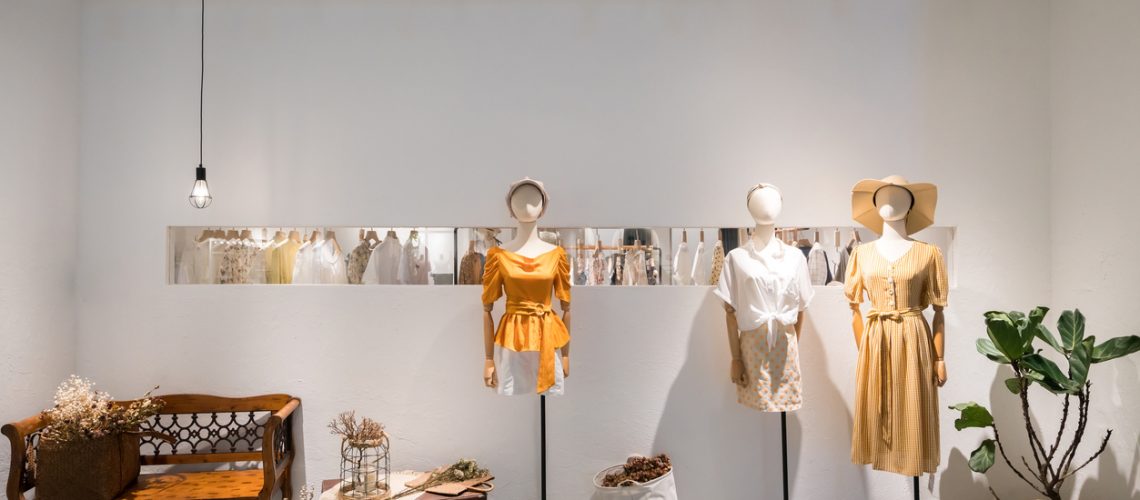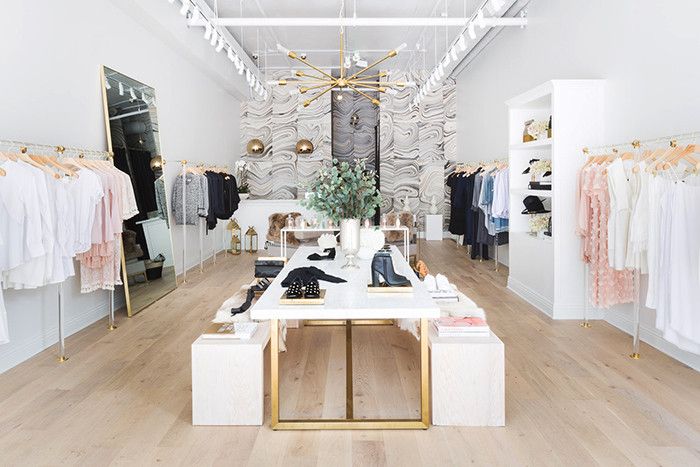The Increase of Online Buying: Finding Boutique Fashion at Your Fingertips
The Increase of Online Buying: Finding Boutique Fashion at Your Fingertips
Blog Article
Exploring the Advancement and Impact of Clothes on Modern Style Trends
The evolution of clothes has actually significantly influenced modern-day fashion patterns, combining historical precedents with advanced technologies. Iconic figures like Coco Chanel and Yves Saint Laurent revolutionized the style market by introducing concepts that prioritize comfort and accessibility, which continue to resonate today. Technical strides in areas such as 3D printing and smart textiles are redefining layout opportunities and customer experiences (boutique fashion). Additionally, the expanding emphasis on inclusivity and sustainability is improving market standards. As we think about these multifaceted impacts, one should wonder about exactly how these aspects collectively redefine style's role in reflecting and forming contemporary culture.
Historic Style Influencers
In the tapestry of style history, certain figures have actually left an enduring mark, forming the fads and designs that specify whole periods. Coco Chanel, an advanced designer, redefined ladies's style by introducing comfy, sophisticated garments that departed from limiting corsets.
Elsa Schiaparelli is an additional crucial number, renowned for her progressive designs that integrated surrealist art, collaborating with Salvador Dalí to produce wayward pieces that tested traditional aesthetic appeals. Her innovative use shade and bold patterns resounds in modern fashion. Yves Saint Laurent, on the other hand, equalized haute couture with prêt-à-porter collections, bringing runway designs to the masses and establishing a criterion for contemporary ready-to-wear lines.
These enthusiasts, to name a few, not just reinvented fashion in their times yet additionally set sustaining trends that resonate in today's apparel industry, offering a structure upon which contemporary developers remain to develop and innovate. Their legacies emphasize the value of creative thinking and daring in fashion's ever-evolving narrative.
Technical Innovations in Style
Amidst the dynamic landscape of the fashion market, technological improvements stand at the center of technology, improving how designers create and consumers involve with style. The assimilation of 3D printing has revolutionized design processes, enabling developers to experiment with complex frameworks and lasting products that were formerly unthinkable. This innovation assists in fast prototyping, minimizing waste and accelerating production times.

Smart fabrics, installing innovation right into fabrics, are additionally transforming the sector. Developments like temperature-regulating and self-cleaning materials supply enhanced performance and convenience. Wearable technology, integrating functions like physical fitness tracking and communication, includes a brand-new dimension to style, merging visual appeals with usefulness.
Cultural Changes and Design
As technical improvements remain to reshape the apparel industry, cultural changes are just as significant, redefining style and consumer preferences. Over the last few years, the rise of social media sites systems has accelerated the dissemination of international style trends, permitting varied cultural impacts to coexist and assemble. This digital interconnectivity has helped with the quick exchange of concepts, bring about an extra diverse and inclusive interpretation of design that reflects the multifaceted nature of modern-day culture.
Cultural awareness and gratitude have actually motivated developers to attract motivation from a wider spectrum of historic and ethnic contexts, incorporating traditional concepts with modern visual appeals. This combination has actually led to fashion that reverberates with a bigger target market, promoting a sense of identification and belonging across different demographics. In addition, the raising demand for personalization has actually driven brand names to provide customizable alternatives, allowing consumers to share uniqueness while reflecting their social heritage.
Additionally, moving social worths have influenced fashion, with inclusivity and variety ending up being central styles. The industry has actually begun to welcome designs and influencers of various type of body, ethnicities, and sex identities, tough traditional beauty requirements. This change emphasizes the power of cultural changes in shaping the future of style, as design ends up being an extra authentic expression of cumulative and individual identity.
Sustainability and Modern Layout
While the fashion market continues to evolve, the crucial for sustainability has actually come to be increasingly urgent, influencing modern design practices. The rise of sluggish fashion, which highlights high quality over quantity, motivates consumers to invest in timeless pieces rather than short-term fads.
Furthermore, modern-day style is characterized by its innovation in decreasing waste and promoting circularity. This approach not just alleviates environmental influence however also boosts the social obligation of fashion homes.

Future Trends in vogue

Sustainability will continue to be a driving pressure in shaping future style patterns. The industry is significantly embracing environmentally friendly products and honest production approaches, reacting to an expanding consumer need for responsible techniques. Advancements such as bio-fabricated materials and closed-loop recycling systems are readied to redefine exactly how clothing is generated and consumed, lowering environmental influence while preserving design and high quality.
Social shifts, consisting of the rise you could try this out of inclusivity and variety, will certainly also play a crucial role. As culture becomes a lot more knowledgeable about social problems, style is expected to come to be a platform for expression and modification. Developers will likely focus on producing collections that reflect a wider array of identities and experiences, promoting depiction and ease of access.
Verdict
The evolution of garments significantly affects contemporary style trends, where historical impacts combine with modern designs. Secret numbers like Coco Chanel and Yves Saint Laurent have actually redefined design, while technological developments such as 3D printing and clever fabrics expand creative possibilities. Social changes in the direction of inclusivity and sustainability compel brands to embrace honest techniques and accept diversity. This ongoing development highlights style's function as a mirror to social worths and technical innovation, recommending a future abundant with innovation and inclusivity.
The evolution of clothing has actually dramatically affected contemporary fashion trends, merging historic criteria with innovative advancements.In the middle of the dynamic landscape of the style sector, from this source technological developments published here stand at the forefront of innovation, improving exactly how designers develop and customers engage with fashion.While the style market continues to advance, the imperative for sustainability has actually ended up being increasingly immediate, affecting modern layout methods. As sustainability becomes ingrained in contemporary design, it leads the method for an extra aware and accountable fashion market.
The evolution of apparel substantially impacts modern-day fashion fads, where historical impacts merge with modern designs.
Report this page